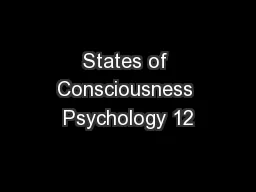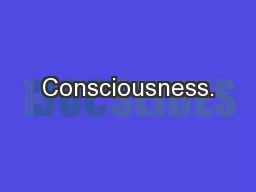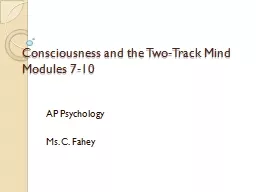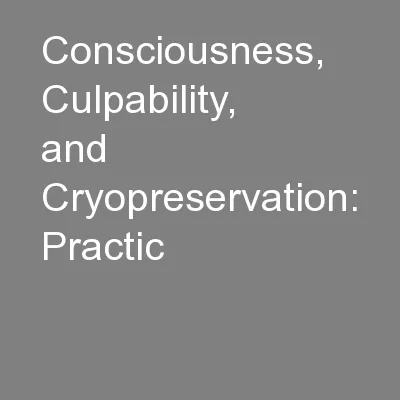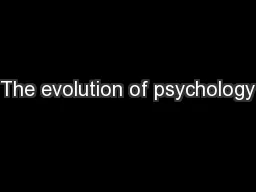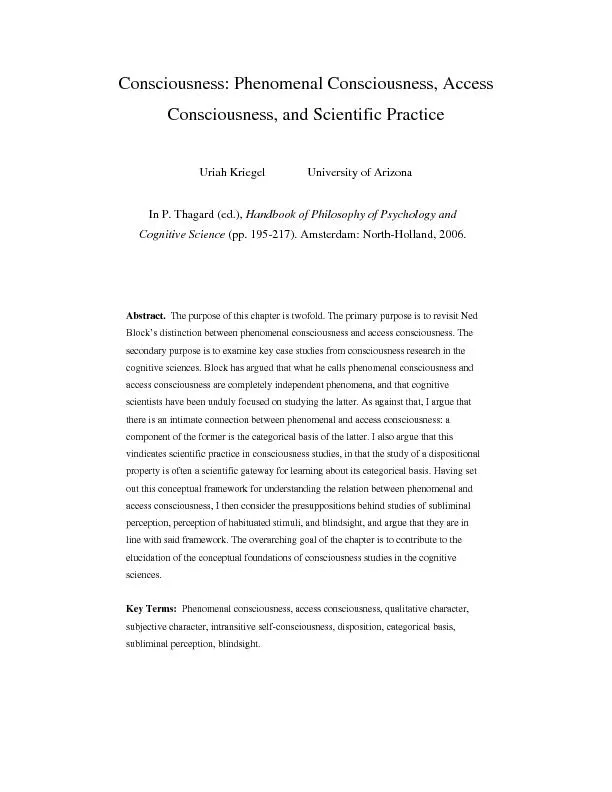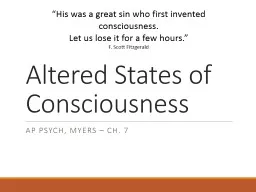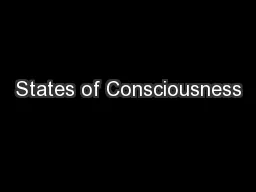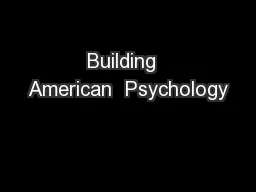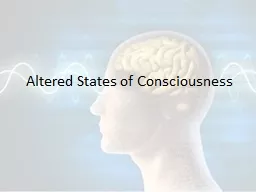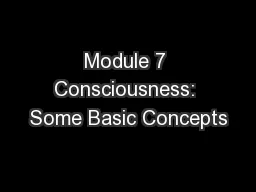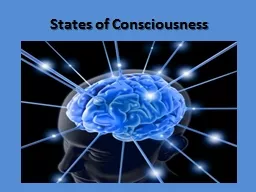PPT-States of Consciousness Psychology 12
Author : lindy-dunigan | Published Date : 2018-10-31
Sleep Journal Researchers are still exploring the reason for sleep and dreaming Consider what would be lost and gained if the need for sleep were eliminated Over
Presentation Embed Code
Download Presentation
Download Presentation The PPT/PDF document "States of Consciousness Psychology 12" is the property of its rightful owner. Permission is granted to download and print the materials on this website for personal, non-commercial use only, and to display it on your personal computer provided you do not modify the materials and that you retain all copyright notices contained in the materials. By downloading content from our website, you accept the terms of this agreement.
States of Consciousness Psychology 12: Transcript
Download Rules Of Document
"States of Consciousness Psychology 12"The content belongs to its owner. You may download and print it for personal use, without modification, and keep all copyright notices. By downloading, you agree to these terms.
Related Documents

